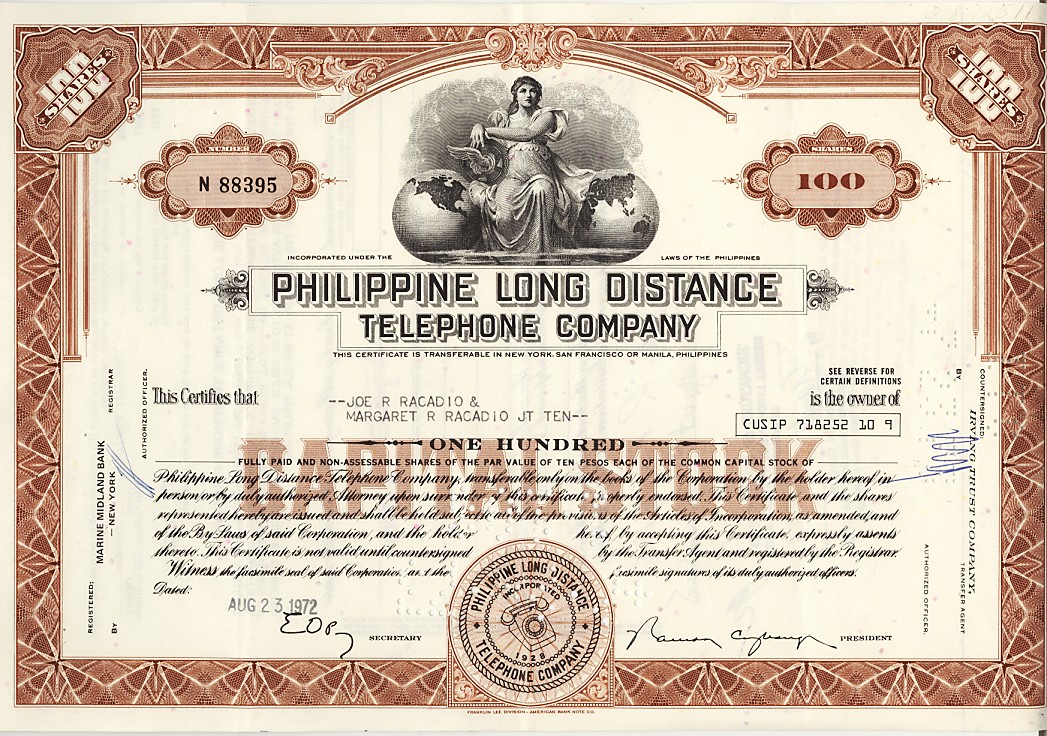 |
| Sweet surrender |
But what is telling is the words of its chairman, Wilson Young when he clarified that the pre-payment is "part of hardline efforts to reduce debt service, rebuild its balance sheet and restore liquidity." Very strong words coming from a company which has become synonymous with reckless and imprudent financial and operational (mis)management.
To recall, VMC debuted in the 90s at the local bourse. At the surface, the company looked healthy, but in a matter of few years, its financial conditions deteriorated rapidly owing to reckless borrowing. The firm was forced into court-mandated rehabilitation and trading of its shares was suspended indefinitely at the Philippine stock exchange (PSE).
The conditions imposed on the company are harsh by any measure, but effective in the end. Among the covenants include restructuring and conversion of bank debts into equity. Most of the cash flow from operations went to debt servicing for years up to the present. Court skirmishes were the order of the day between the original owners who wanted to retain control and its creditors who wanted their money back, or at least what could be salvaged.
In the end, the original owners were relegated to a minority position at 30% while bankers got 70%. Management passed on to a court-mandated arrangement wherein the creditors became dominant at the board level.
When the company's shares were allowed to trade again at PSE late last year, it came as a surprise since very few companies actually survive and come out unscathed after bankruptcy proceedings. For investors, major turning points of a company present interesting possibilities.
I decided to look at Victorias' secrets.
The latest financials and management's discussion prior to its re-listing wasn't really outstanding. It's book value was still around 0.75 a share, below its par value, and it was still struggling with very high debt to equity ratio. But interesting things emerged: (1) the company generated cash from its operations at least during the last three years; (2) it was dutifully following the rehabilitation terms; and (3) majority of the lenders have started converting to equity, among others.
Trading again of its shares would allow the lenders to liquify its non-performing loans for years--maybe, even for a profit.
As expected, trading of its shares were frenzied in the first few days, with quoted prices all over the place, from lows of near par value to as high as 5.50. This is to be expected of a security which has not traded for a long time. My own fair value estimate is about twice the book value at most, which is 1.50 a share. Some of the lenders have begun disposing of their converted shares, which put a downward pressure on the share prices. Those investors who have been trapped with illiquid shares for years may have sighed some relief.
At 1.50, the shares were already very cheap with an estimated price to earnings ratio at single digits, but those wanting out prevailed, sending the shares down to 1.20. The share prices have settled to a trading range of 1.30 to 1.50 which is cheap. Those who have picked up shares at these levels have been rewarded well since these are now trading at 1.70 to 1.80.
The last time I looked at the financials, the book value is higher at 0.95 a share and the P/E ratio is still around 10. This may not rise much, since the company is a one-product company in a commodity business, but it is becoming profitable, and it should be able to declare dividends next year or so.
It's chairman Young has used appropriate terms to describe where the company stands now and where it will be in the next few years.





